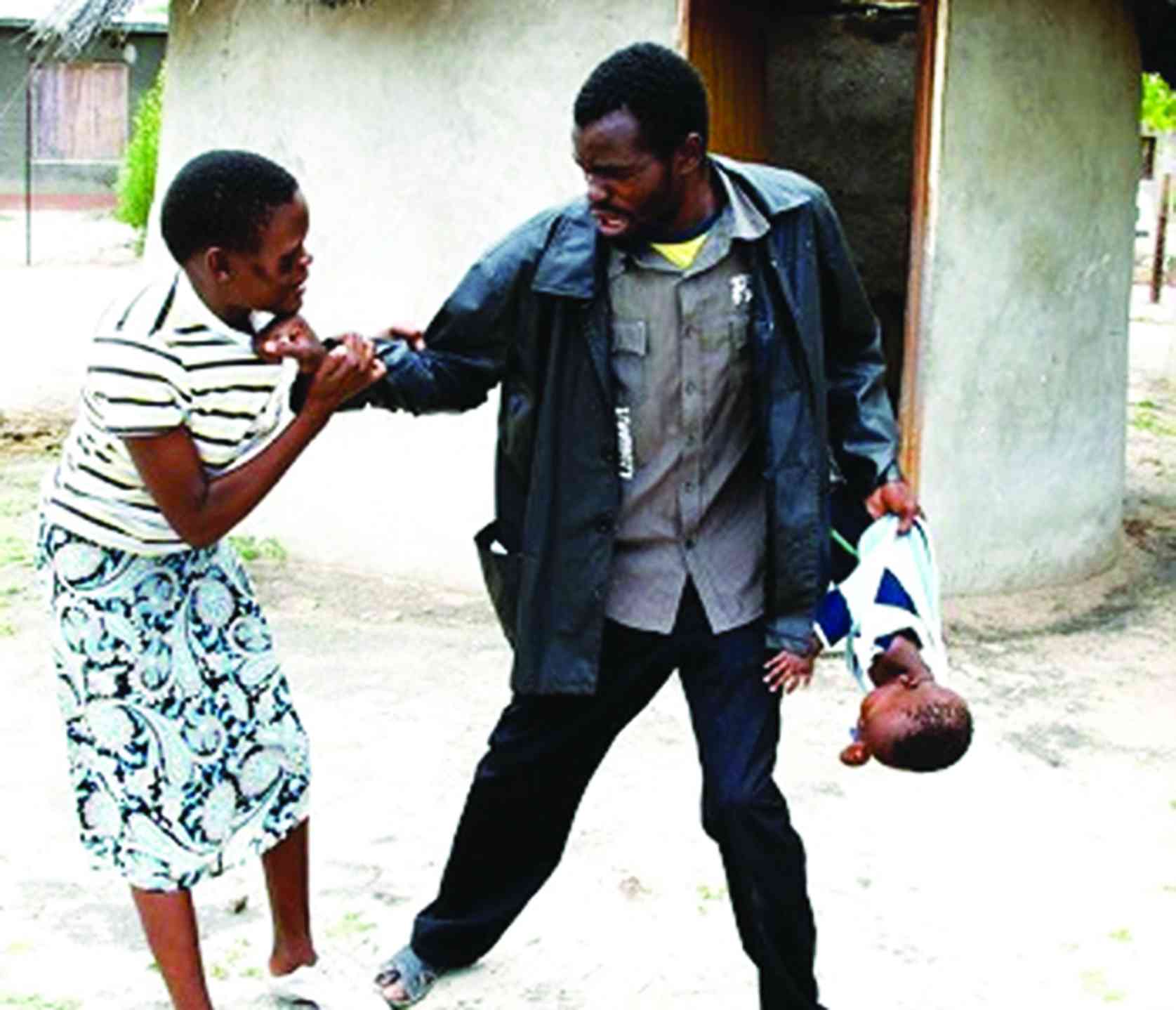
CORPORAL punishment is a gross violation of child rights. It is one of the most common forms of violence experienced by children and is increasingly been seen as a wrong way to discipline a child.
OPINION TAFADZWA MUNYAKA
Paradoxically, there is much contention between what the law says and societal expectations.
It cannot be overstated that corporal punishment is strongly rooted in society and passed on through generations. It is widespread in homes, schools, care settings and the penal system in States and all fall under any of the following: domestic, judicial and setting.
According to Donelly and Strauss, corporal punishment is defined as the use of physical force with the intention of causing a child to experience pain, but not injury, for purposes of correction or control of the child’s behaviour.
Therefore, corporal punishment is the intentional application of physical pain as a method of behaviour change inducement. To distinguish corporal punishment from physical abuse can be a daunting task.
There are other acts that have the same effect as corporal punishment that causes pain. Here the difference is that in other acts, the violation is incidental, while in corporal punishment it is intentional.
What the law says
- Chamisa under fire over US$120K donation
- Mavhunga puts DeMbare into Chibuku quarterfinals
- Pension funds bet on Cabora Bassa oilfields
- Councils defy govt fire tender directive
Keep Reading
The Convention of the Rights of the Child (CRC) provides for the protection of children from “all forms of physical and mental violence” by the State in article 19.
This shows that corporal punishment is incompatible with the CRC. The Committee on the Rights of the Child in 2006 adopted General Comment No.8, which stipulates: “The right of the child to protection from corporal punishment and other cruel or degrading forms of punishment.”
In some instances this is seen as growing progress in challenging the very common form of violence against children. Article 28(2) of the CRC goes on to grant children protection from violent discipline while at school, stating that, States Parties shall take all appropriate measures to ensure that school discipline is administered in a manner consistent with the child’s human dignity.
Coming closer home, the African Charter on the Rights and Welfare of the Child (ACRWC) article 16(1) stipulates that: “State Parties to the present charter shall take specific legislative, administrative, social and educational measures to protect the child from all forms of torture, inhuman or degrading treatment and especially physical or mental injury or abuse…while in the care of the child.”
Zimbabwe has been going through some encouraging developments in the area of child rights since 2013. Justice Esther Muremba in December 2014 declared the constitutional invalidity of corporal punishment in the case of S v Chokuramba and a similar declaration was pronounced by Justice David Mangota in the case of Pfungwa & Anor v Headmistress of Belvedere Junior Primary School & Others in March 2017.
However, it should be noted that these declarations still await alignment to the Constitution.
The High Court of Zimbabwe has categorically made it clear that corporal punishment no longer has any place in the human rights global order. The declarations can only enter into force once dictates of Section 175(1) of the Constitution are fulfilled.
Recently the State was presented with a case whereby a 15-year-old boy was charged with rape of his minor sister. The boy was sentenced to four cane strokes in place of a custodial sentence due to his age.
The law is clear that the State is required to protect children from all forms of physical and mental abuse.
Alas, here is a case involving a child committing a crime that attracts a jail term, yet among many other things, they are under-age and some form of retribution has to be done or effected.
Social expectations
The expectations seem to have been divided along two antagonising views, one pro the other anti- corporal punishment. The pro-corporal punishment advocates argue that it is an appropriate tool or method for inducing behaviour change or moulding it.
The justification for this is that it is an effective way of disciplining or correcting truancy, bullying or disruptive behaviour.
In the school setting teachers are in loco-parentis, therefore, should use corporal punishment as they also viewed and regarded as parents.
The anti-corporal punishment advocates say that it is inhuman and thus deserve to be illegal.
According to Shumba et al (2011), it is abusive and breaches children’s fundamental human rights.
Furthermore, is it stated that children end up believing that force or violence are solutions to problems.
There is likelihood of development of resentment of the corporal punishment administer and if it is in a school setting the child may become detached and, thereby, affecting their emotional and psychological development.
The conflict
One of the ways this can manifest is through effects of corporal punishment, which may include having low self-esteem, teaching children to be victims, making them to feel lonely, sad, and abandoned.
It also creates barriers that impede parent child communication. The law stresses that to educate a child of their mistake and get them to understand why they should not perform the act again should not be done through administering corporal punishment on them. Yet others who contradict this stance even go on to quote the Bible in Proverbs 13:24 which states that “Spare the rod and spoil the child.” The contradiction presents a potentially implosive scenario characterised by a thin line between merits and demerits of corporal punishment, at times juxtaposed alongside physical punishment. Way forward
A delicate balance has to be struck. Children are people too and mechanisms for asserting children’s status as rights holders have to be activated always. Also mechanisms for the prevention of all forms of violence should be utilized. Complementing efforts of organisations such as the Zimbabwe National Council for the Welfare of Children that advocate for the protection of children as according to national, regional and international instruments can pay dividends.











